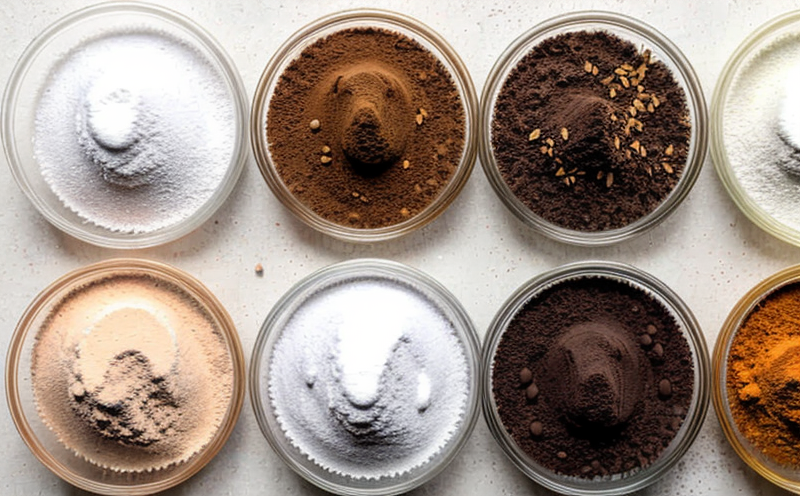FDA Guidance Tartrazine and Sunset Yellow Testing
The FDA regulates food additives like tartrazine (FD&C Yellow 5) and sunset yellow (E110, FD&C Yellow 6), ensuring they are safe for use in foods. This testing service focuses on meeting the stringent requirements set forth by the FDA to ensure compliance with regulations regarding these colorants.
Tartrazine and sunset yellow are synthetic colors widely used in food products due to their stability under heat and light, making them ideal preservatives of color during processing. The FDA's guidance specifies that these additives must not be harmful when consumed at levels up to 10 parts per million (ppm) as set out in FDA regulations.
The testing process involves several steps, including the identification of the substance, quantification through accurate analytical methods such as High Performance Liquid Chromatography (HPLC), and verification against established standards. Compliance with FDA guidelines is crucial for manufacturers to avoid potential recalls or legal issues.
For quality managers, compliance officers, R&D engineers, and procurement teams, understanding these regulations can help ensure the safety of products on the market. This testing service helps meet these regulatory requirements by providing accurate, reliable data that supports product safety and consumer trust.
Industry Applications
| Application | Description |
|---|---|
| Dairy Products | Tartrazine and sunset yellow are used to enhance the appearance of dairy products like yogurt, cheese, and ice cream. Proper testing ensures these colorants do not exceed FDA limits. |
| Baked Goods | These synthetic colors improve the visual appeal of baked goods such as breads, rolls, and pastries. Compliance with FDA standards is critical to ensure product safety. |
| Candies & Confections | Synthetic colors are frequently used in hard candies, gummies, and chocolates. Testing ensures the colorants do not pose health risks when consumed at regulated levels. |
| Beverages | These additives enhance the visual appeal of beverages like sodas, juices, and sports drinks. Compliance with FDA standards is vital for product safety and consumer trust. |
- Dairy Products: Enhance appearance of yogurt, cheese, ice cream.
- Baked Goods: Improve the look of breads, rolls, pastries.
- Candies & Confections: Used in hard candies, gummies, chocolates.
- Beverages: Enhance visual appeal of sodas, juices, sports drinks.
Why Choose This Test
- Ensure compliance with FDA regulations for synthetic colorants.
- Avoid potential recalls or legal issues due to non-compliance.
- Provide accurate and reliable data supporting product safety.
- Enhance consumer trust by ensuring adherence to strict regulatory standards.
- The test uses HPLC for precise quantification of tartrazine and sunset yellow levels.
- Results are reported against established FDA guidelines, providing clear compliance information.
- Precision instruments ensure accurate measurement, minimizing errors in analysis.
Environmental and Sustainability Contributions
Incorporating FDA guidance into the testing of synthetic colorants supports sustainable practices by ensuring that food manufacturers comply with stringent safety standards. This helps in reducing unnecessary waste associated with products that fail compliance checks, thus promoting efficient resource use.
By adhering to these regulations, companies contribute positively towards environmental sustainability by avoiding the production and disposal of non-compliant products. This not only reduces waste but also ensures that resources are used effectively, aligning with broader sustainable development goals.





